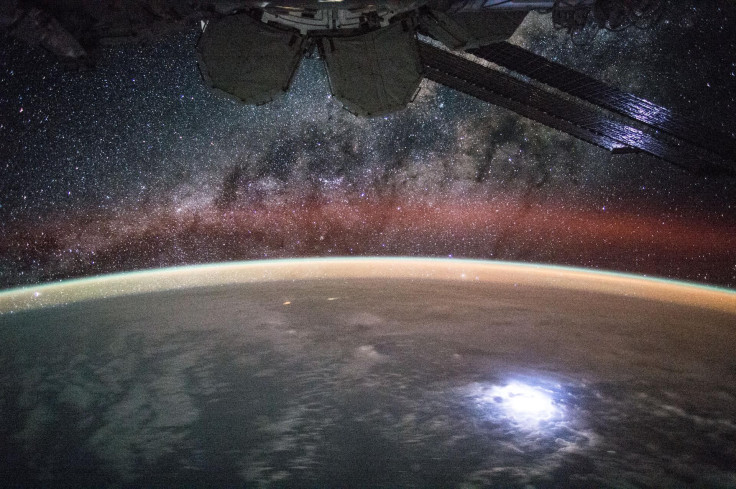Search For Habitable Planets Boosted By Rare Heavy Nitrogen Isotope Study

Earth has a unique atmosphere. It differs from all others found and tested in the solar system. Even our own Moon has a different atmosphere from us. Our atmosphere is Nitrogen rich. More than 78 percent of our atmosphere is Nitrogen. A team of scientists using a state-of-the-art, University of California, Los Angeles (UCLA), instrument recently discovered an abundance of an isotope of Nitrogen that could help aid the search for habitable planets across the universe.
Titan, one of Saturn's moons, is the only other body in our solar system with a nitrogen-rich atmosphere that resembles ours. Nitrogen is special. It is much more stable than other key elements of life in our atmosphere like oxygen, hydrogen and carbon.
Two nitrogen atoms combine to form N2 molecules that stay in the atmosphere for millions of years without reaction.
There are several isotopes of nitrogen. When nitrogen has an extra neutron it becomes a heavy isotope, nitrogen-15, which is rare. N2 molecules that contain two nitrogen-15s are called 15N15N which is the rarest of all N2 molecules.
On estimation, the team found the amount of 15N15N in the air is far more abundant than scientists previously estimated
A new study found that Earth's atmosphere contains two percent more 15N15N than what can be accounted for by geochemical processes that occur near Earth's surface which is the primary source of atmospheric nitrogen.
"This excess was not known before because nobody could measure it. Our one-of-a-kind Panorama mass spectrometer allows us to see this for the first time. We conducted experiments showing that the only way for this excess of 15N15N to occur is by rare reactions in the upper atmosphere. Two percent is a huge excess," said senior author Edward Young, a UCLA professor of geochemistry and cosmochemistry in a press release on UCLA's website.
According to the study, 15N15N in Earth's atmosphere is a signature that's unique to our planet. Therefore a study of planets with similar nitrogen signatures could help us identify Earth-like planets capable of supporting organic life.
"But it also gives us a clue about what signatures of other planets might look like, especially if they are capable of supporting life as we know it," Young added.
The isotope wasn’t discovered before now because we lacked the equipment sensitivity. "At that time, no one had a way to reliably quantify 15N15N," said lead author Laurence Yeung, an assistant professor of Earth, environmental and planetary sciences at Rice University. "It has an atomic mass of 30, the same as nitric oxide. The signal from nitric oxide usually overwhelms the signal from 15N15N in mass spectrometers."
The difference in mass between nitric oxide and 15N15N is about two one-thousandths the mass of a neutron. Previous spectrometer devices lacked the sensitivity to detect this heavy isotope in the atmosphere. The equipment in Young’s lab offered the world a first chance to study this element.
Co-authors of the study from Michigan State University conducted experiments on N2-consuming and N2-producing bacteria which also helped the team distinguish the signature of the 15N15N isotope.
These experiments suggested that one should see a bit more 15N15N in air than random pairings of nitrogen-14 and nitrogen-15 would produce — an enrichment of about 1 part per 1,000, Yeung said in the release.
"There was a bit of enrichment in the biological experiments, but not nearly enough to account for what we'd found in the atmosphere," Yeung said. "In fact, it meant that the process causing the atmospheric 15N15N enrichment has to fight against this biological signature. They are locked in a tug-of-war."
The team electrocuted mixtures of air to simulate the chemistry of the upper atmosphere where a higher concentration of nitrogen is found.
"We think the 15N15N enrichment fundamentally comes from chemistry in the upper atmosphere, at altitudes close to the orbit of the International Space Station," Yeung said. "The tug-of-war comes from life pulling in the other direction, and we can see chemical evidence of that. We can see the tug-of-war everywhere."
© Copyright IBTimes 2024. All rights reserved.




















